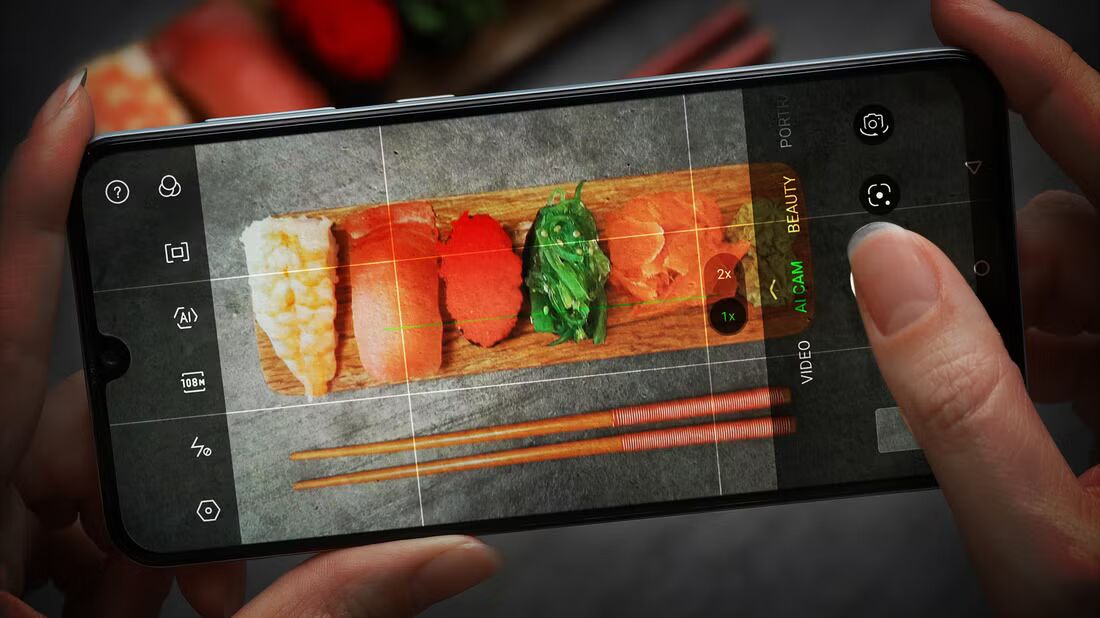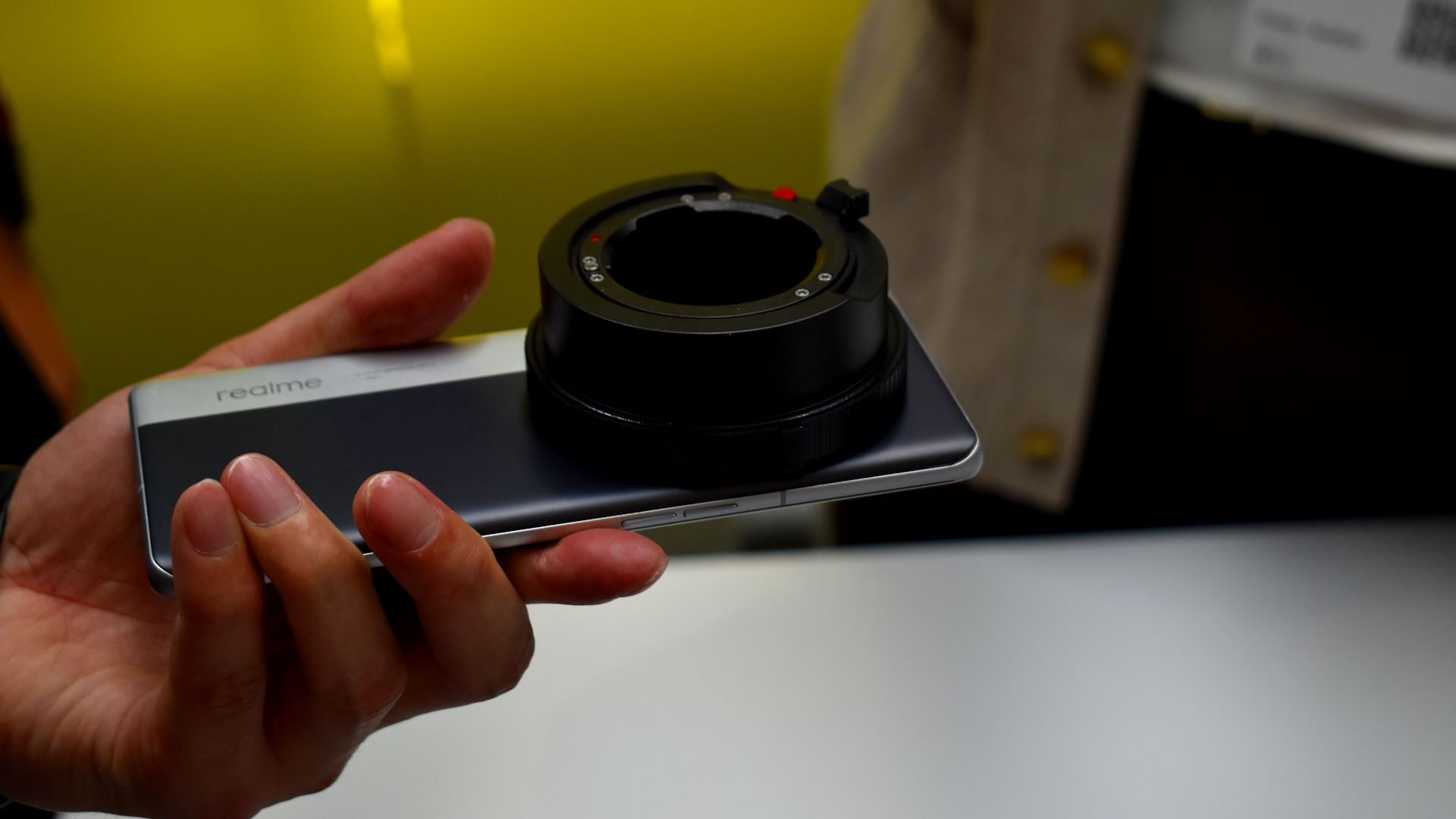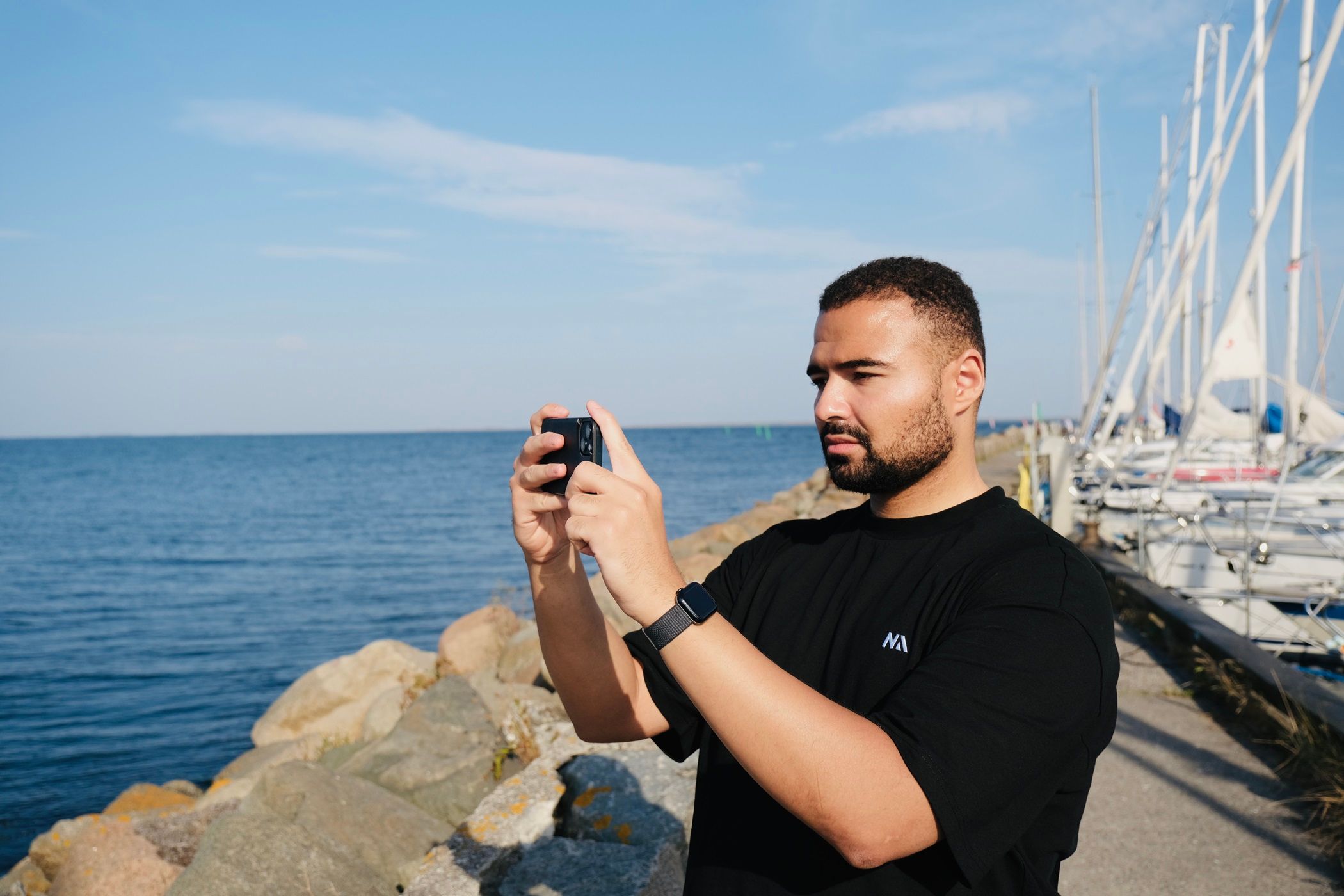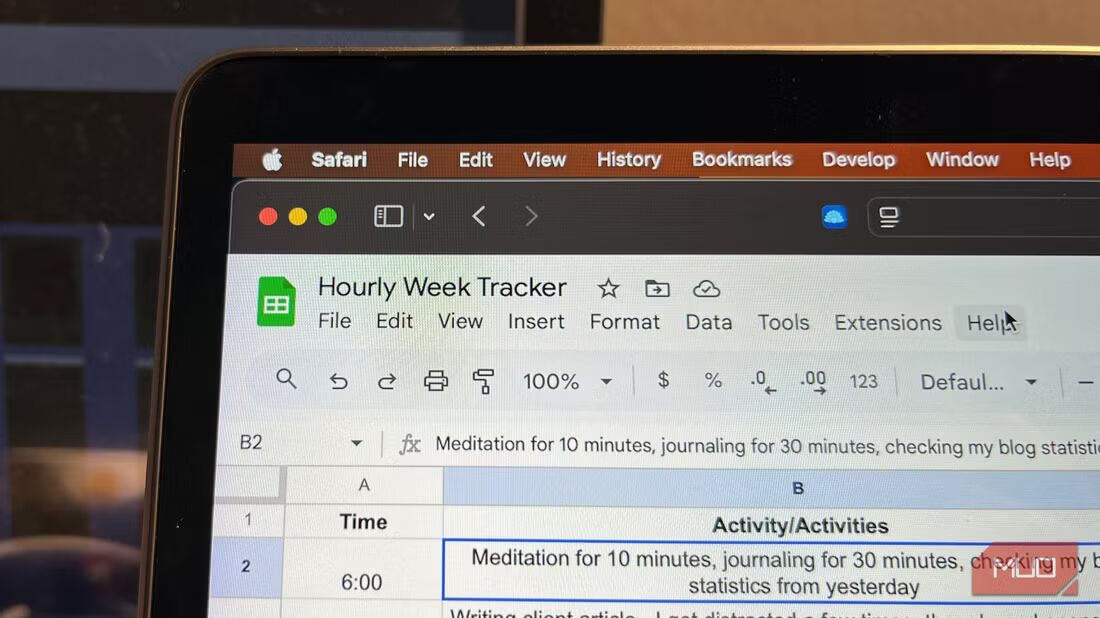Buying lots of extra gadgets might make you feel more professional, but getting the wrong things won’t improve your photography. Instead, you’ll have less money and more pointless clutter. I’ve wasted money on enough clickbait camera gadgets to spot the duds from a mile away.
1External Lenses
You can get all kinds of external lenses for your phone—telephoto, macro, fisheye—but, most of them aren’t worth it
Many modern smartphone camera lenses are of good quality, especially if you shoot at 0.5 or 1x. While their zoom is admittedly still poor, I don’t think that buying an external lens will help much. I honestly believe it’s worth spending the extra money to buy a DSLR camera with an 85mm lens if you like taking photos of faraway subjects.
Although some smartphone camera lens brands are good, many feel cheap and won’t last long. The filters that come with them also aren’t great. Using the features on your phone, and then using apps that can enhance your photos, will make you a better photographer in the long run.
2External Lights
Taking good photos without considering the lighting is very difficult, and external lights are therefore appealing. But in most situations, they’re unnecessary for smartphone photography, especially if you’re only a hobbyist.
Understanding how to get the perfect lighting in your smartphone pictures is a much better starting point than buying external lights. There are plenty of light spots indoors and outdoors, and you can position your subjects to make the most of them.
Knowing the best times for photography will also make a huge difference. Golden hour is always a winner for portraits, for example. If you really need to, you can use your phone’s flash when shooting indoors.
The only exception to not buying external lights would be a ring light. These can be useful if you’re recording content for YouTube or trying to take a professional headshot with your smartphone.
3Smartphone Handles
DSLRs have a proper grip for a reason—it makes them easier to hold and shoot with. Some companies try to bring that same experience to smartphones with attachable handles, but most miss the mark.
Many smartphone handles are clunky and surprisingly difficult to hold. These issues make you less likely to use them, which results in wasted money. Since many are surprisingly expensive, this is not a good combination.
We all know that smartphones are very easy to drop. You’ve probably lost count of how many times you’ve dropped yours, and you may even have endured the pain of needing to replace your screen after it’s cracked. But still, better solutions exist than smartphone handles.
You’re much better off buying a high-quality smartphone stabilizer, such as the DJI Osmo Mobile 7. It’s only slightly more expensive than many smartphone camera handles, and yet, it’s more versatile and will last longer.
4Poor-Quality Tripods
While smartphones have good image stabilization these days, a tripod can still help eliminate blur—especially for long-exposure images. You’ll find many great smartphone tripods; I used one by JOBY that was affordable, durable, and easy to carry around.
The problem, however, is that many tripods are low-quality. You will notice the difference in several areas. Firstly, they won’t last as long; I’ve had some tripods that were cheap in price and quality. After one outing in windy weather, they were finished. You often have to pay more to replace these kinds of items, which is why I don’t shop with Temu or on similar marketplaces.
Besides having bad durability, poor-quality tripods offer little stability. They’re more likely to move during windy weather, for example, which defeats the purpose of having one. You’d be better off putting your phone on a flat surface.
5Excessive Stabilizers
Gimbals and tripods can be great additions to your smartphone photography kit if you invest in quality; even more so if you also use them for vlogging. However, excessive handheld stabilizers, where you have to use both hands, are typically a complete waste of money.
Even for video, they’d be useless—but if you’re taking photos with your smartphone, having one hand to push the button is a good idea. Many often come with additional lights, which you probably won’t use very often.
Setting up these stabilizers takes a lot of time. You have to screw your phone onto them, in addition to setting up the other bells and whistles. Because they take so long to set up, you probably won’t use them much even after buying them.
Many smartphone photography gadgets are gimmicks, and you should understand the problem you’re trying to solve before buying one. You can fix many issues with proactivity and creative thinking, while your device will handle others (e.g. image stabilization).






